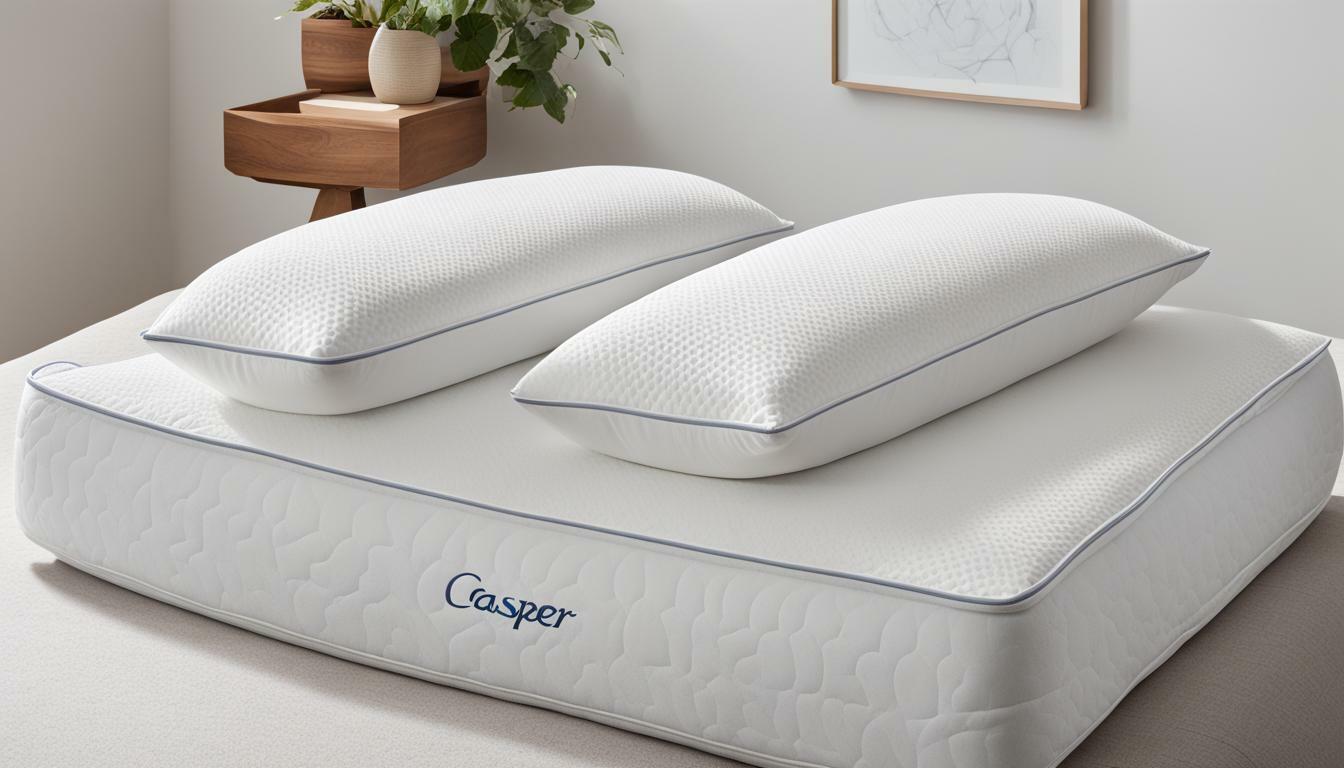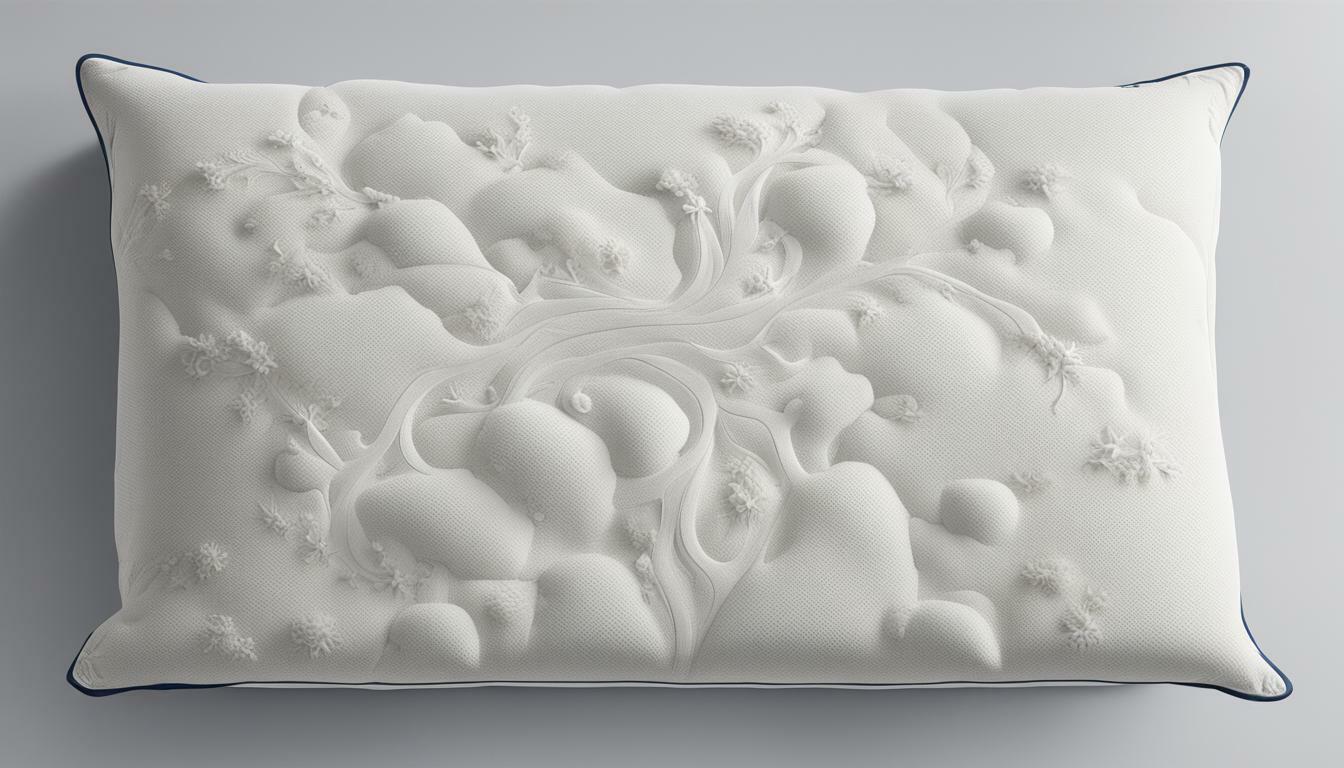Many people wonder whether washing pillowcases and towels together is a good idea. The answer is: it depends. While it can be convenient to wash both items together, there are some considerations you should keep in mind to prevent damage to your fabrics and ensure they are properly cleaned. In this article, we will discuss everything you need to know about washing pillowcases and towels together, including the benefits and drawbacks, suitable fabric types, sorting laundry, pre-treatment options, the ideal water temperature, drying methods, and storage tips.
Why washing pillowcases and towels together might be convenient
Washing pillowcases and towels together can save you time and energy, as these items are often made from similar materials and don’t require delicate care. Additionally, if you only have a limited amount of laundry to do, it may make sense to combine these items instead of washing a small load. However, keep in mind that this convenience factor needs to be balanced against proper hygiene practices and fabric care.
Another benefit of washing pillowcases and towels together is that it can help prevent cross-contamination of bacteria and germs. Both items come into contact with your face and body, so washing them together can ensure that any bacteria or germs are eliminated in the same cycle. However, it’s important to use hot water and a disinfectant detergent to ensure proper sanitation.
Understanding fabric types and care labels
The first step in determining whether you can wash pillowcases and towels together is to check the fabric type and care label on each item. While many pillowcases and towels are made from cotton, which is a sturdy and versatile fabric that can withstand frequent washing, there are other materials to consider. For instance, some sheets and pillowcases are made from silk, which requires special care and should not be washed with rougher materials. Similarly, some towels may have decorative embellishments, such as embroidery or fringes, that can snag on other fabrics. Therefore, always check the fabric type and care label before combining items in the wash.
It’s also important to note that different fabrics may require different washing temperatures and cycles. For example, while cotton can typically be washed in hot water and dried on high heat, silk may require a gentle cycle and air drying. Additionally, some fabrics may require special detergents or fabric softeners to maintain their quality and texture. Always follow the care label instructions to ensure that your items are being washed and cared for properly.
Sorting laundry: separating colors, fabrics, and textures
Once you’ve determined that your pillowcases and towels are compatible for washing together, the next step is to sort your laundry. This includes separating colors, as well as fabrics and textures. For instance, you should not mix heavy towels with delicate lingerie or woolen items, as this can cause damage and affect the quality of each item. Additionally, try to separate heavily soiled items from lightly soiled ones, as this can affect the level of cleaning needed and prevent cross-contamination. Sorting laundry may take some extra effort, but it can extend the life of your clothes and prevent damage.
Another important factor to consider when sorting laundry is the temperature at which each item should be washed. Some fabrics, such as cotton, can withstand higher temperatures, while others, like silk, require cooler water to prevent damage. It’s important to read the care labels on each item and sort accordingly to ensure that your clothes are washed at the appropriate temperature. This can also help to prevent shrinkage and color fading.
Tips for preserving the quality of your pillowcases and towels
To ensure that your pillowcases and towels last as long as possible, there are some tips you can follow. For example, avoid using fabric softener on towels, as this can make them less absorbent and affect their fluffiness. Similarly, avoid using strong detergents or bleach on delicate fabrics, as this can cause discoloration or damage. It’s also a good idea to wash your items on a gentle cycle, especially if they have embellishments or delicate seams that can come loose. Finally, don’t overload your washing machine, as this can prevent proper cleaning and cause items to tangle up.
Choosing the right detergent and fabric softener
The detergent and fabric softener you use can also affect the quality and lifespan of your pillowcases and towels. Look for mild detergents that are designed for sensitive skin or delicate fabrics, and avoid using too much detergent, as this can leave residue and cause irritation. Similarly, use fabric softener sparingly or not at all, and try to use natural alternatives such as vinegar or baking soda to soften fabrics. If you have specific concerns about how to clean your fabrics, consult the care label or a professional cleaner.
The ideal water temperature for washing pillowcases and towels
The water temperature you use for washing your pillowcases and towels can also affect their cleanliness and lifespan. Generally, cooler water temperatures are recommended for most fabrics, as they can prevent shrinkage and color fading. However, if your items are heavily soiled or need to be sterilized, you may need to use hotter water. Keep in mind that hot water can also cause some fabrics to shrink, so always check the care label before adjusting the temperature. Additionally, if you are concerned about energy usage, consider washing your items on a cold cycle and using an enzyme detergent to break down stains.
Pre-treatment options for heavily soiled items
If your pillowcases or towels have stubborn stains or odors, you may need to pre-treat them before washing. There are several options for pre-treatment, depending on the type of stain and fabric. For instance, you can use a pre-treatment spray or stick, or soak your items in a mixture of water and detergent or vinegar. It’s important to treat stains as soon as possible, as they can set in and become more difficult to remove over time. Finally, avoid using harsh chemicals such as bleach or hydrogen peroxide, as these can cause discoloration and damage.
Drying methods: air-drying vs machine-drying
The final step in washing pillowcases and towels together is deciding how to dry them. There are two main methods: air-drying and machine-drying. Air-drying is a gentler option that can prolong the lifespan of your fabrics and save energy, but it can take longer and may not be suitable in humid climates. Machine-drying is faster and more convenient, but can also cause shrinkage or damage if not done properly. To machine-dry your pillowcases and towels, use a low or medium heat setting, and avoid overloading the dryer. If possible, try to remove your items while they are still slightly damp to prevent excess wrinkling.
How to store clean and fresh-smelling pillowcases and towels
Once you’ve washed and dried your pillowcases and towels, it’s important to store them properly to prevent wrinkles, odors, or damage. Fold your items neatly, and avoid overcrowding them in your linen closet or drawers. To keep them fresh-smelling, you can use natural remedies such as lavender sachets or cedar blocks, or store them with fresh dryer sheets. Finally, avoid storing your pillowcases and towels near damp or humid areas, as this can cause mold or mildew.
By following these guidelines, you can safely and effectively wash your pillowcases and towels together, and ensure they remain in top condition for as long as possible. Keep in mind that while washing these items together can be convenient, it’s important to balance this against proper hygiene practices and fabric care. Happy washing!



